In this article from Set to Camp, we take a closer look at some tips for choosing your tent for your next camping adventure.
Identifying the right tent to suit you and your requirements can be difficult. This is especially if you are new to camping and sleeping in tents. The wide choice of tents available in all shapes and sizes as well as the many accessories can be confusing.
We have narrowed down our personal preferences for touring tents to those listed in our tent buying guide but you may have different ideas for your particular camping setup, especially if a quick pitch touring style of tent isn’t high on your priority list.
Regardless of your preferred style of tent, when doing your research and making your choice:
– Look at the accessories available for the tent
– Do searches on the internet for reviews and forum comments
– Look for YouTube videos that show the tent layout and setup process
– Ask questions in store or online
– Try to visualise how you would configure the tent and its accessories for sleeping, cooking, and indoor/outdoor shelter.
You will find a range of great products out there for all price brackets. Plenty of bargains can be found if you are patient and regularly search stores for their sales.
Outlined below are the things we think you should consider when making your tent choice.
1: Fabric – Polycotton canvas or polyester/nylon tents
The lighter and more compact tents more suitable for transporting by car are either a type of polyester or a mixture of polyester and cotton or as it is generally called poly-cotton canvas. Heavier and bulkier full cotton canvas tents are much more difficult to transport and are not covered in this article.
In summary, by comparison to polyester tents, polycotton canvas tents are generally more durable, breathable and they provide better insulation but they are more expensive and will be heavier than the equivalent sized polyester tent. Polycotton canvas tents are also quieter in windy conditions. It allows less light into the tent but will take longer to dry. It will also generally require seasoning before the first use.
Below is a more detailed comparison between the polyester and poly-cotton canvas materials.
| Polyester tents | Poly-cotton canvas tents | |
|---|---|---|
| Strength and durability | Less durable lighter weight material and flooring | Stronger material and flooring ✔ |
| Weight | Lighter ✔ | Heavier |
| Cost | Less expensive ✔ | More expensive |
| Breathability | Less breathable and more prone to condensation | More breathable and less prone to condensation ✔ |
| Insulation | Not so good – stays cooler in cold and non-dark room tents will be warmer in hot weather | Better – stays warmer in cold and cooler in hot weather ✔ |
| Light | Allows more light in, although dark room tents are available which can block out up to 95% of the light | Allows less light in ✔ |
| Noise | Lighter weight material noisier in windy conditions | Heavier material quieter in windy conditions ✔ |
| Floor space | Larger floor space relative to weight ✔ | Smaller floor space relative to weight |
| Lifespan | Shorter – UV rays break down material faster | Longer – material less susceptible to UV rays ✔ |
| Drying time | Faster ✔ | Slower |
| Seasoning | Not required ✔ | Generally required before first use |
2: Number of rooms – 2 to 3 rooms or single room with annex accessories?
Two or three-room tents, being ‘all in one’, will generally be much quicker to pitch compared to single-room tents with annex room accessories as the annex rooms made up of separate wall panels can take some time to construct. They are, however, much heavier than the basic single-room tent, and will be more difficult to lift onto the roof racks. The weight of the main tent can, however be reduced by transporting the loose items separately, such as the pegs / stakes, fly and poles. Larger tents are also more difficult to dry out at home if you have limited space.
Single-room tents give you the option to just pitch the main tent when that is all you need for your stay, such as during touring holidays or quick breaks. As you will see in the tent buying guide, the main tent as well as the annex wall accessories will cost more than the two room tent.
In our tent buying guide we have listed single room tents with annex accessories as well as two and three room tents.
3: Quality – Is it well made and reliable?
It might seem obvious, but it must be said that the quality of the tent you purchase is the most important factor. You don’t want to discover in the middle of a storm or after an all-day downpour that your cheap tent is… (well, we like to stay positive, so we won’t say ruining your holiday)… definitely character building.
It may be difficult to assess from personal inspection whether a tent will be durable and reliable. Usually, the main things to look for are the quality of the poles, frame, seals and pegs. Online reviews of the product can be particularly useful, especially those referencing quality and reliability.
4: Price – Does it fit within your budget?
Quality doesn’t have to cost a lot – some of the lower-priced tents on the market do receive favourable reviews and comments. From our experience, however, if you want peace of mind when you are out in the elements, you should choose the best quality tent that you can afford. You’ll definitely wish you paid those extra dollars if the tent fails you (and your family) at the most inopportune time.
If you are on a tight budget, buying brand new isn’t necessary. Some good-quality tents can be purchased second hand, such as on eBay or Gumtree. In fact, our current tent and accessories were purchased second hand on eBay at a 40% saving.
Finding the budget to buy the tent as well as all of it’s available accessories up front isn’t absolutely necessary either. Having any annex panels will be helpful to start with, but other accessories can be added on when your budget permits.
You may also elect to start with a cheaper tent or borrow one until you are confident you have decided on the best setup for you, or if you are new to camping, whether you’re going to enjoy it. Once your decision is made, you can reduce your bill shock by gradually adding accessories to your setup and/or asking for a combined family Christmas present instead of individual ones.
Family and friends are often looking for good gift ideas, especially for the kids. They may welcome some ideas for Christmas and birthday gifts, including making a cash contribution towards a larger camping item – and to your future camping holidays.
5: Ease of use – Can it be easily or quickly pitched and packed up?
Also important for our setup is the speed and ease with which the tent and its accessories can be pitched during touring holidays and short breaks. While there are many tents on the market, our personal tent choice is narrowed down to the pop-up or touring style of tent.
While some manufacturers claim their tents have set-up times of less than a minute, be aware that some of these claims are overly simplistic. A tent that is conveniently lying on the ground ready for pitching might take a minute to setup if it doesn’t need pegging down, but it will only be a matter of time before a gust of wind will send it into the bushes, possibly with you in it!
Realistically, if you follow our advice for setting up camp, our basic setup without the annex and awning accessories should take two or three people around 10 to 15 minutes, after a few practice runs. Our full setup for longer stays, including additional annex rooms and awnings and setting up the rest of your campsite, should take a further 20 to 30 minutes. That’s not bad if your regular campsite setup stretches out to a couple of hours … or more.
6: Accessories – What can you “add-on” to it?
Many of the tents that can be quick to pitch in their basic form have accessories for adding annex rooms and additional awning shelters. These accessories provide a lot of flexibility to your camping setup, particularly when your trips include both long and short stays, and should be considered over tents without these types of accessories. So, do your research not only on the tent, but also on the accessories it offers, and try to visualise if and how you would use them.
7: Size – Does it provide adequate space for your requirements?
We don’t recommend choosing overly large or heavy tents, as they take up valuable car space and weight and restrict what else you can take. Instead, we encourage you to opt for lighter and more cosy options and to use strategies to organise your tent and gear to use the available space more efficiently.
The size of a tent is usually rated according to the number of people it can sleep, based on how many average-sized people can physically lie on the floor at the same time. This can be misleading when you also want extra floor space for the meal preparation, dining and living areas, and for storage and moving around.
Some tents also have a higher height clearance than others, which will be important to those of you needing additional head room. While your tent of choice might have generous headroom once you are in it, some entrance ways can be quite low and can be a strain on your back (and just plan annoying) if you need to crouch down to enter and leave many multiple times a day.
You should also consider your needs into the future, such as when the kids are old enough to sleep in their own tent, which they will inevitably want to do before you know it. If you want to avoid an additional outlay on a new tent down the track, we suggest you choose a tent that is big enough to accommodate your family (or planned family) comfortably, but is not so big that you will be looking to downsize when the kids have either moved into their own tent or are doing their own thing.
8: Transportation issues – How will it be transported by your car?
There’s no getting around the fact that, if you are camping without a trailer and with a couple of kids in the rear seat, and you don’t have an excessively large car, you will need to store some of your gear either on your roof racks or tow bar. Fortunately for us, the pack size of the pop-up and touring style of tents are long, narrow and rectangular in shape and they can be fairly easily strapped onto roof racks. Your tent may also be transported in a roof box, tray or basket together with other camping items.
Without roof racks or room on them, boxes hitched on to your tow bar are a good but much less common alternative. They can, however, limit your access to your boot because they tend to tilt down rather than swing out of the way, which is not ideal when you will be accessing the rear cargo area often. Your choice of tent will be limited to those with a shorter pack size compatible with the internal dimensions of your tow bar box.
Larger vehicles, such as eight-seater people movers and dual cab utes with a canopy, have very generous cargo areas and may negate the need for roof transportation as we have demonstrated in this article HERE. If you intend to use such a vehicle, the length of your tent will be limited to the space available. As a guide should probably be no longer than 130 to 140 cm.
9: Weight – Can you physically lift it onto the roof racks?
If transporting your tent on your roof racks, you should consider whether you can physically lift the tent up. This is especially if you aren’t particularly tall and/or you have a high-set car. If you are struggling to lift the entire tent or if you will exceed your roof load limit, we suggest that loose items, such as flys, loose panels, poles and pegs, be packed separately and transported either on the roof or in the rear cargo area, where appropriate.
10: Functionality – Can it be configured for our camping needs?
While camping is all about being in the great outdoors, your tent doesn’t just serve as a place to sleep. To function as a home away from home, you also need to provide enough space for dining, cooking and food preparation, general living, gear storage, and an open-air shelter.
Most of the touring tents we suggest in our tent buying guide come as a basic tent suitable for overnight stays, but have a range of accessories available for added rooms and external awnings for longer stays. Some of the tents will already provide adequate internal and external undercover space, negating the need for accessories to provide extra living space. You may also choose to purchase a good but basic tent for sleeping and gear storage only. Use a separate marquee or gazebo for everything else.
Just as the various elements of your kitchen at home need to work together, so should your camp kitchen. Whichever configuration you choose, you should ensure your kitchen components. Included are your camp fridge/icebox, food, water, benchtop, stove, and sink. They should be in the same area and are in close proximity to one another. You should also be able to move between each element unimpeded. Make sure that the stove is situated in a well ventilated area.
11: Drying – How will you dry your tent on your return home?
Tents should always be bone dry when in storage. Unfortunately, you will at times be returning home with a wet tent that needs to be dried out. The smaller single-room tents with separate annex panels will be easier to dry than the larger two and three-room tents. This is if you have limited space at home to erect your tent. The flat panels can also be more easily dried on clotheslines and over balconies and furniture.
12: Tent structure – Pole versus inflatable tents
Traditionally, tents have been supported by poles, made of either steel, fibreglass or aluminium. However, inflatable tents supported by inflated beams are now making their mark. They are simply pumped up in a very short amount of time using a pump generally provided with the tent.
Cost wise, inflatable tents are on a par with a good quality touring tent. Without the added weight of poles, they are lighter than the equivalent pole tent. For the same weight you can have a roomier tent. They are also reported to be fairly wind resistant, as long as all of the guy ropes are pegged out.
As for the inevitable question of how easily they could spring a leak, the suppliers say they are very durable. On the rare occasion that they develop a leak, they are easy to repair.
Without poles, inflatable tents may come in a more rounded bag. It is less suited to being strapped directly to roof racks. They can, however, be accommodated in a roof pod or bag. Alternatively, pack in a longer bag more suited to strapping to the roof racks.
Original article courtesy of Set to Camp. Set to Camp specialise on information for trailer free camping. Those that just want to camp with their tent or from their vehicle. For more information from Set to Camp, you can see our other feature stories, or head on over to their website: Set to Camp


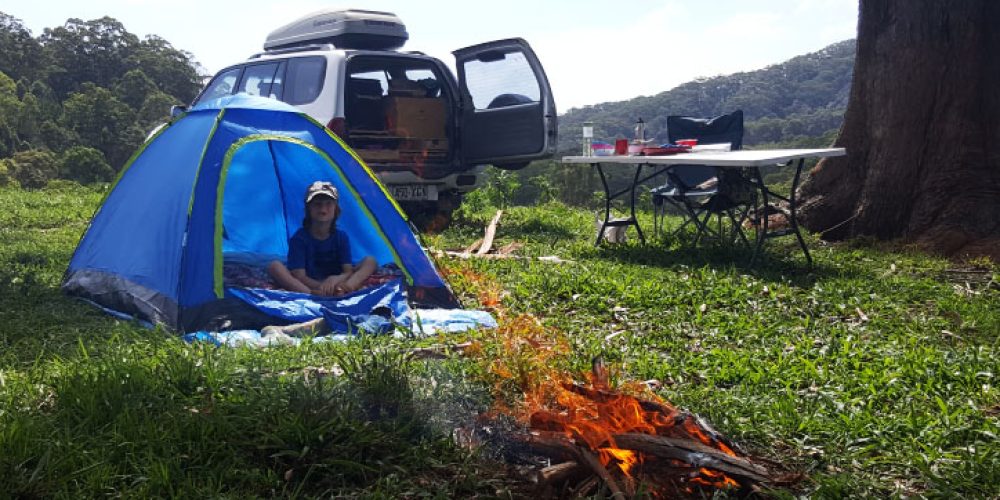
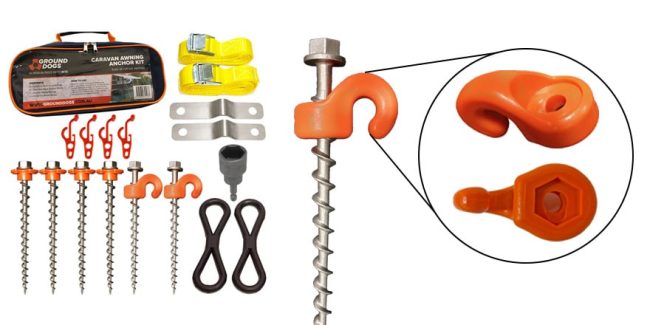



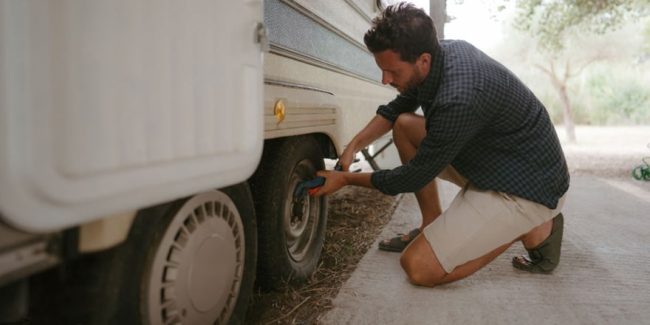

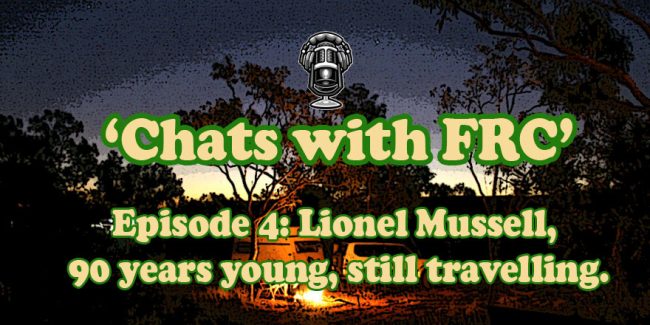





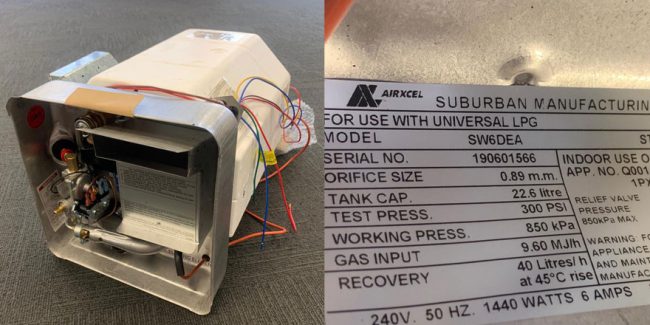

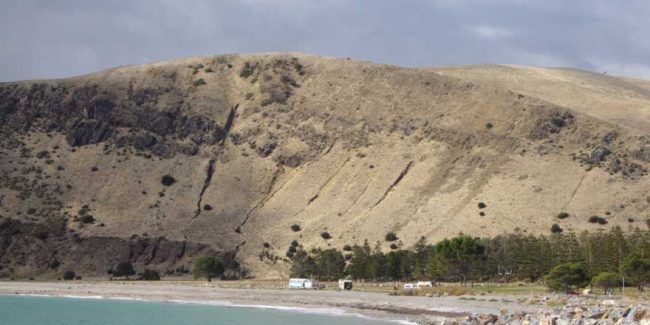
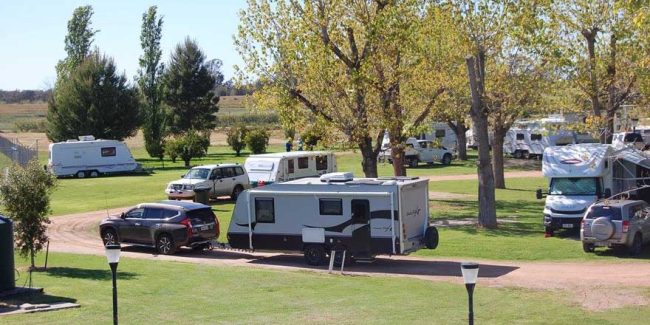


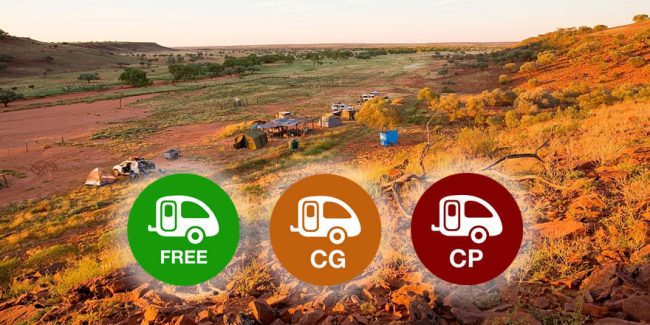


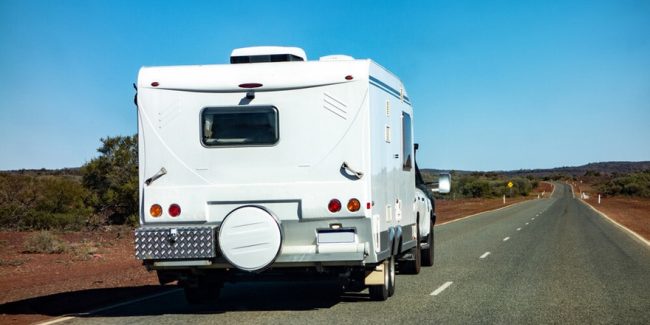
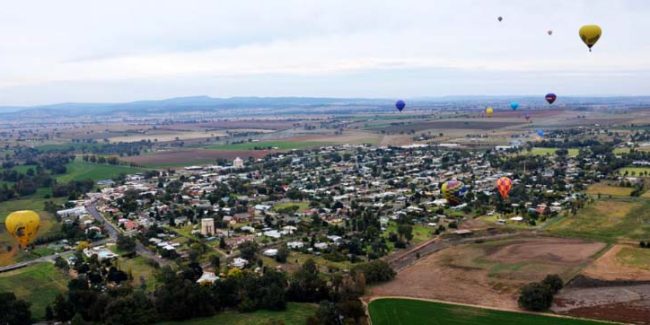
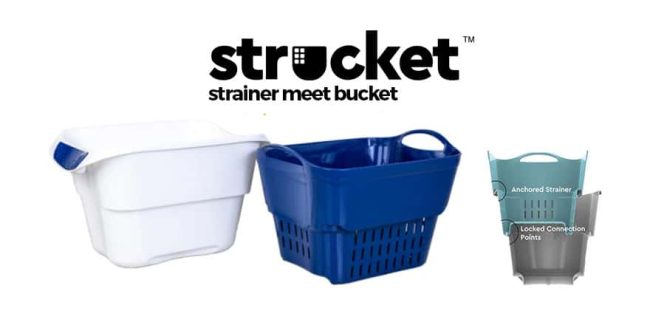




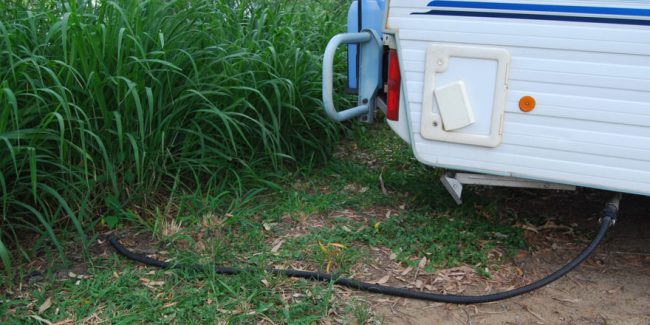
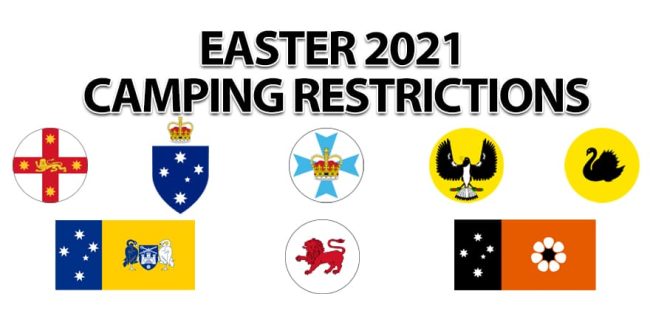
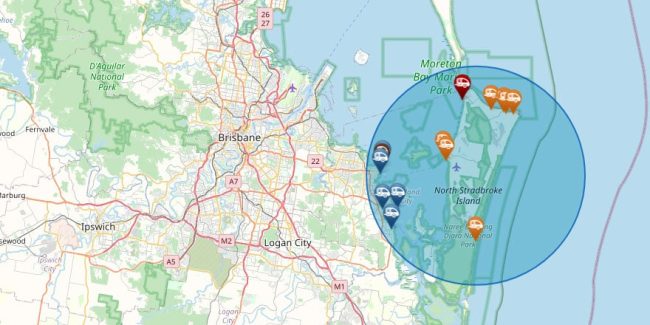
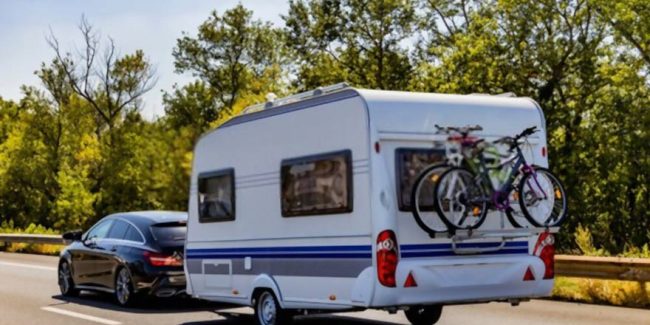
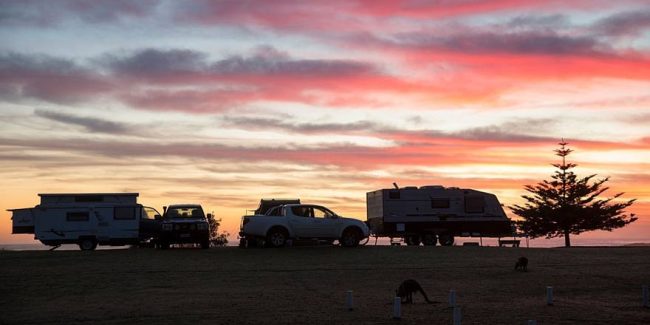
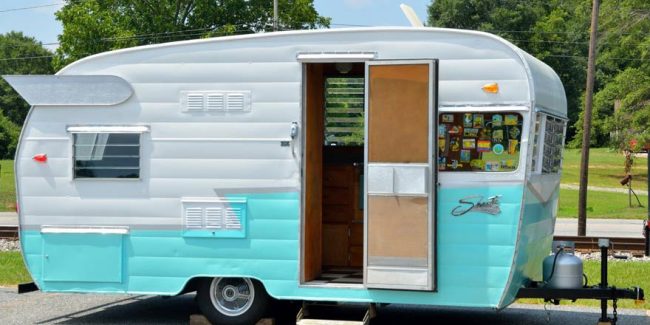
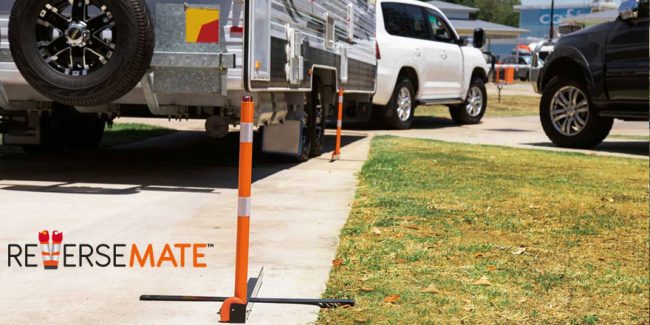
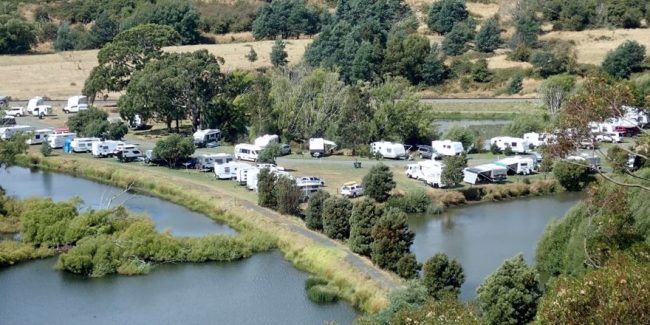
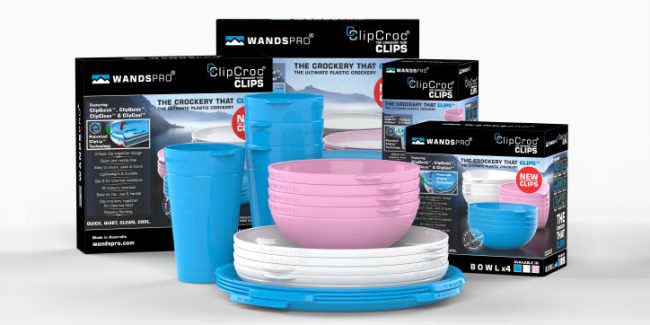
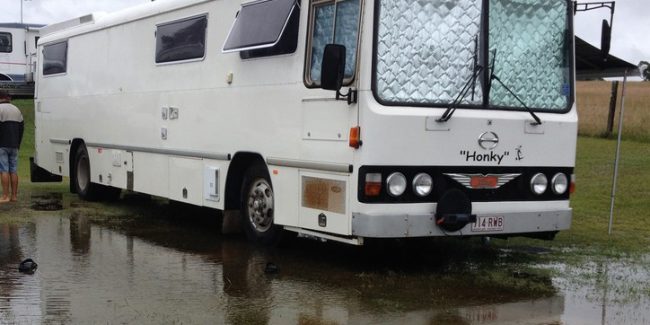
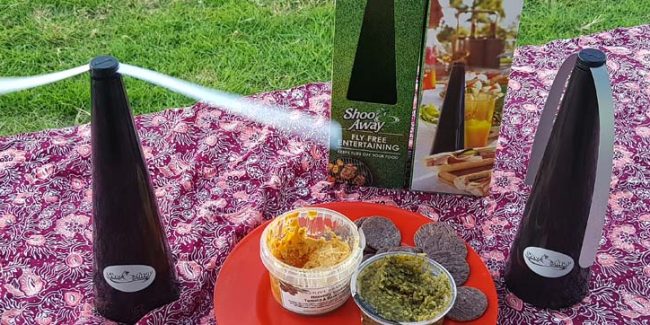
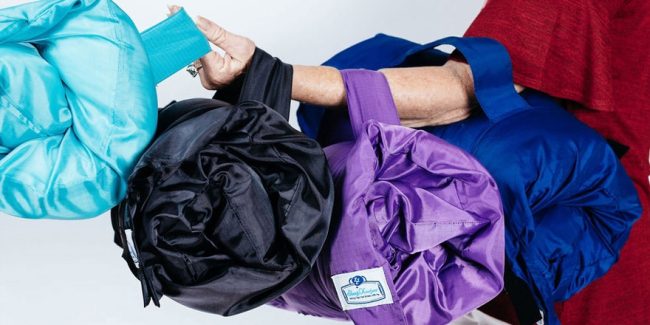
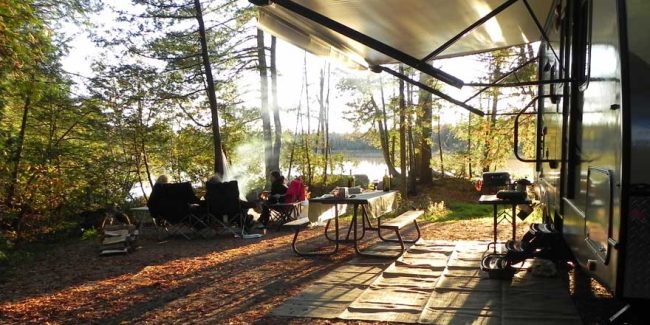

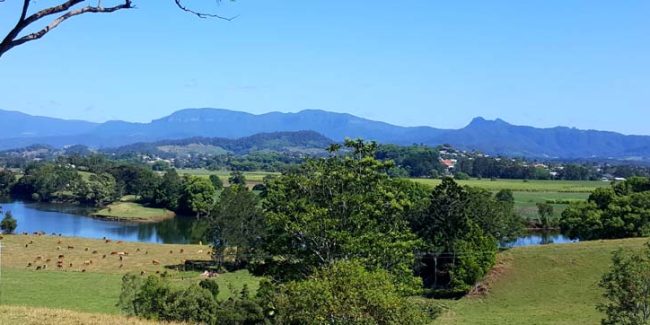
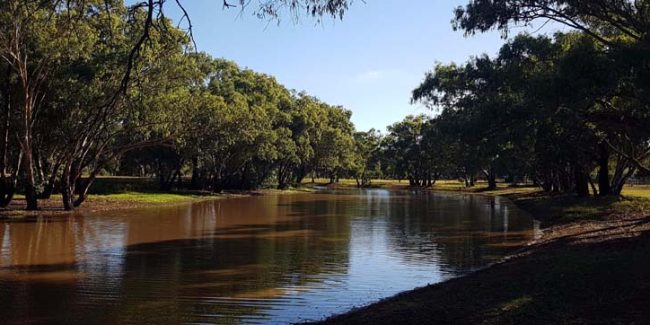



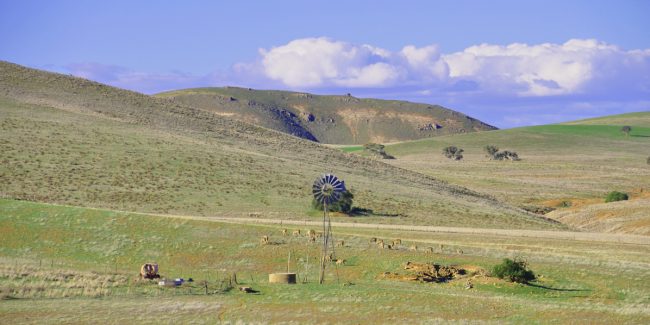

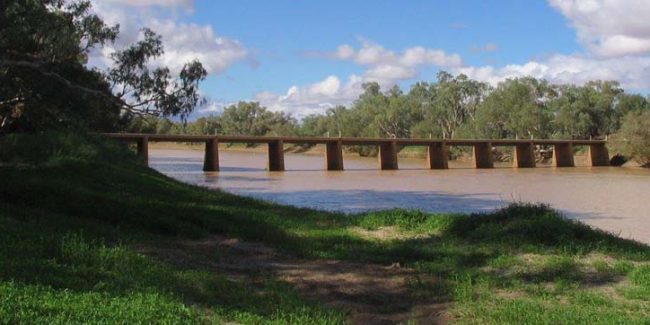
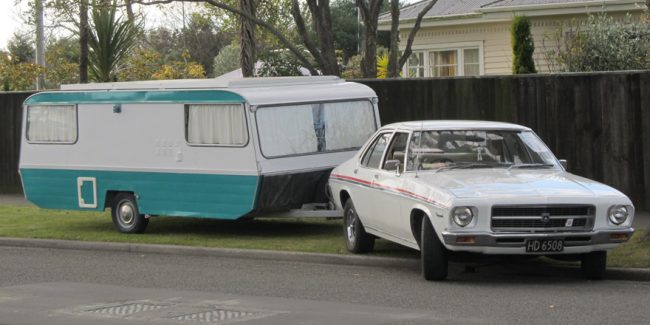
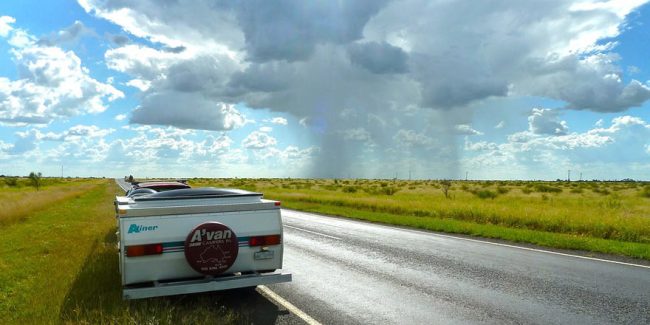
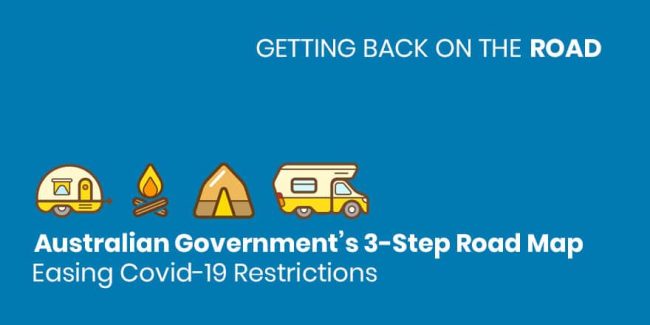

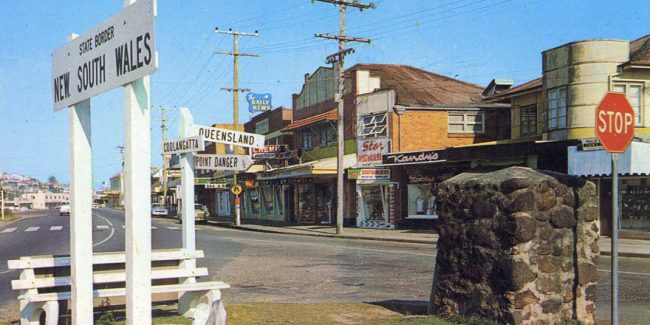


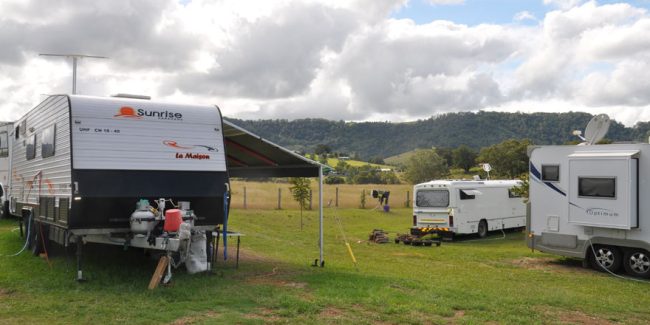
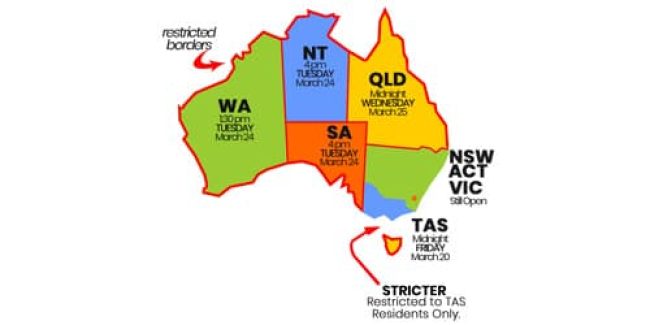

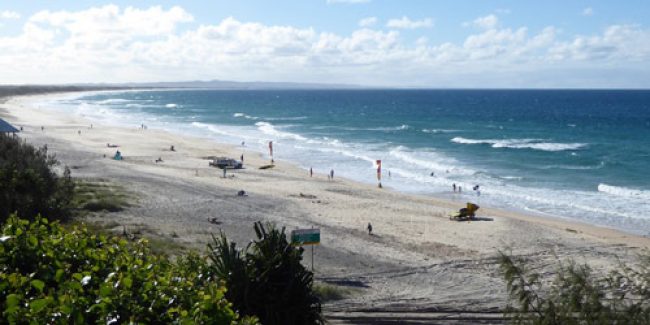

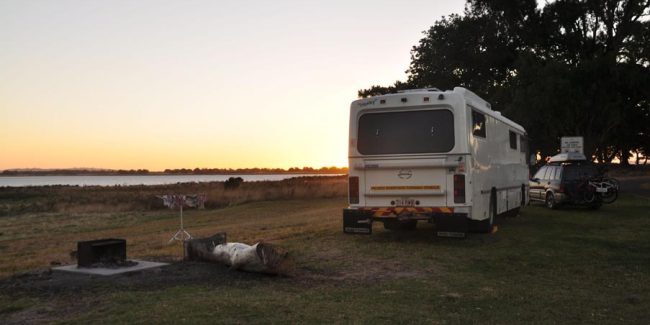
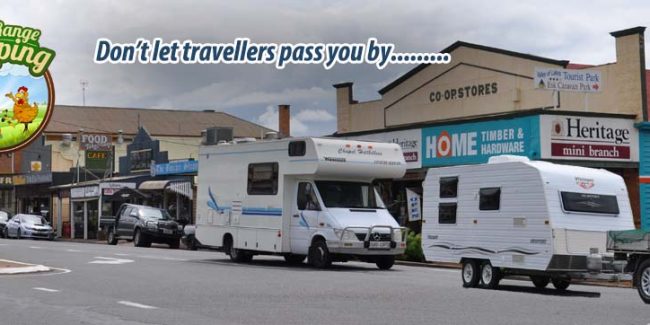
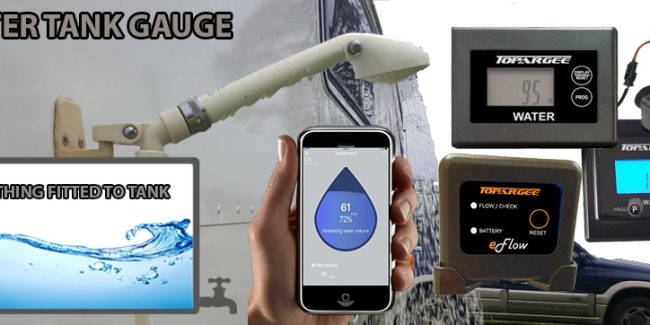
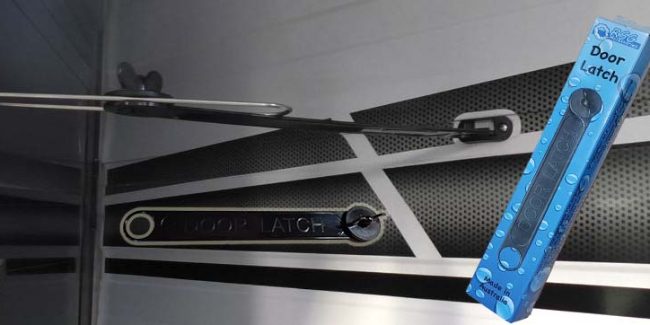
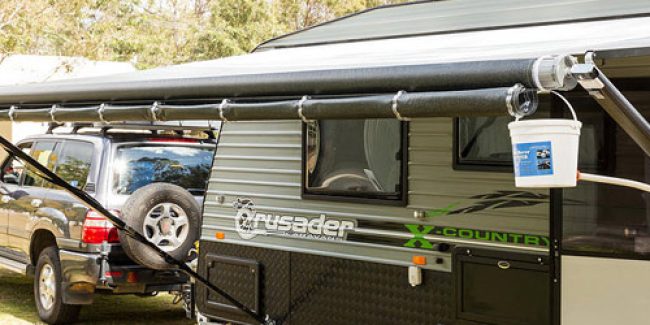
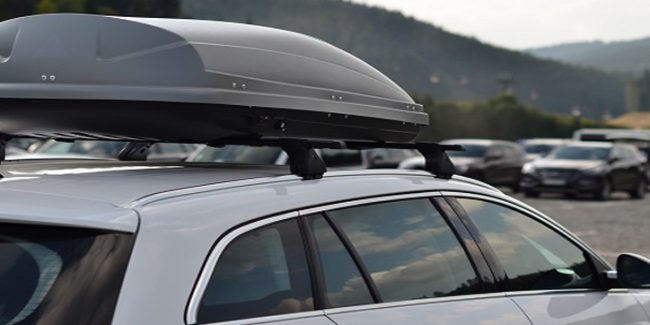
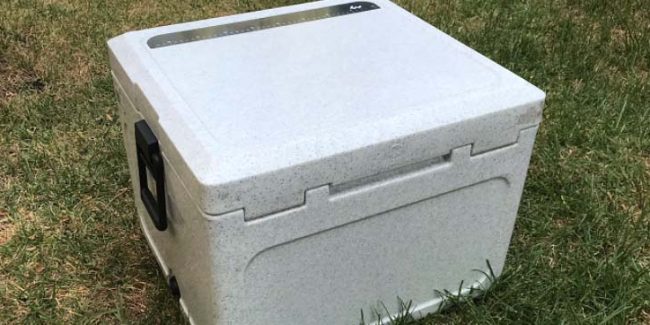
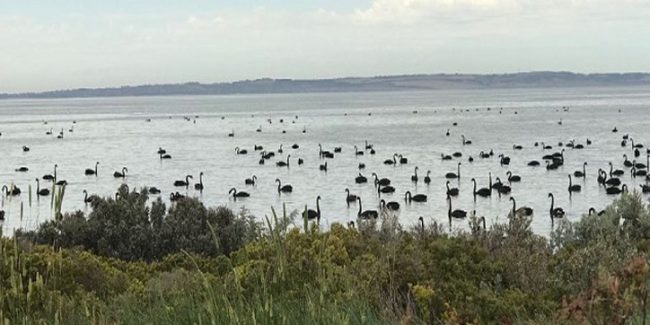
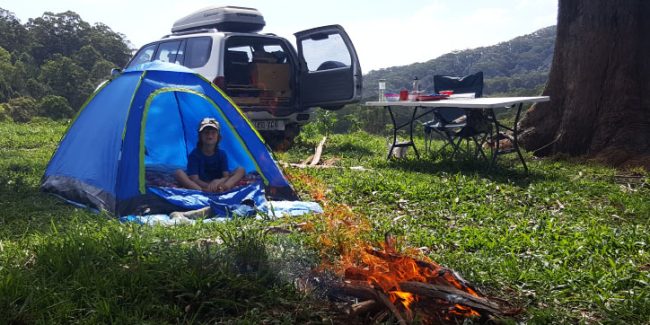
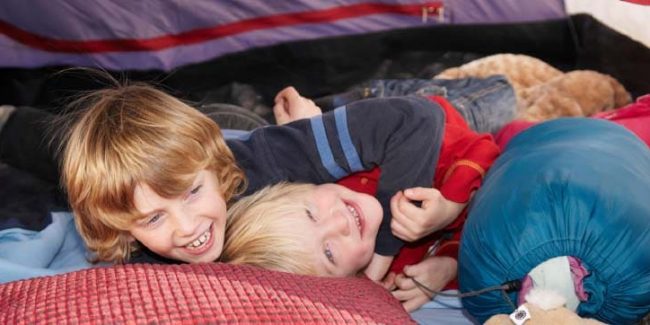
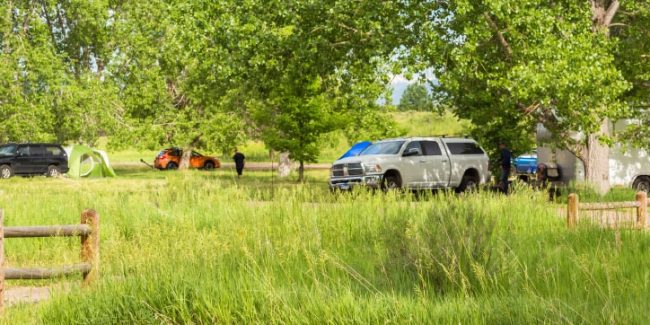
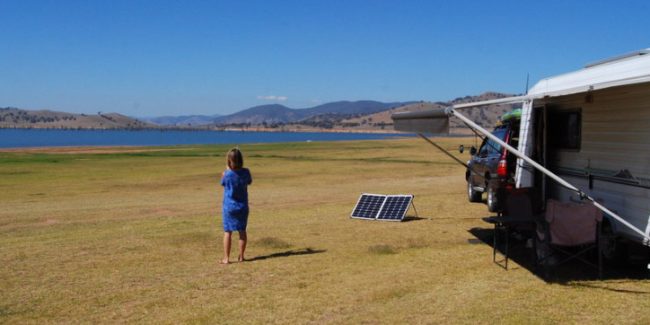
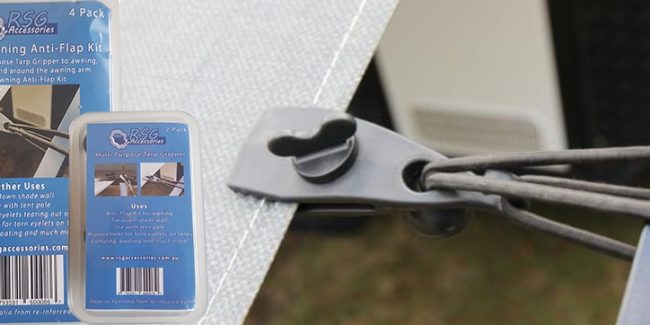
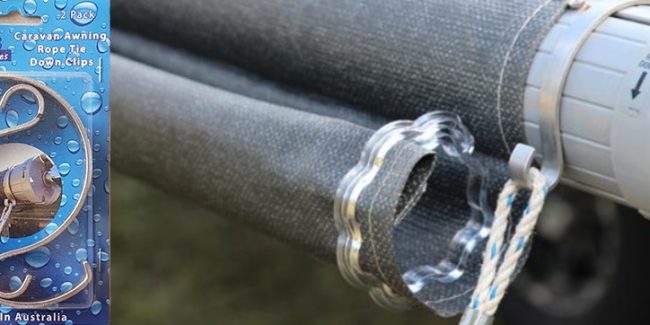
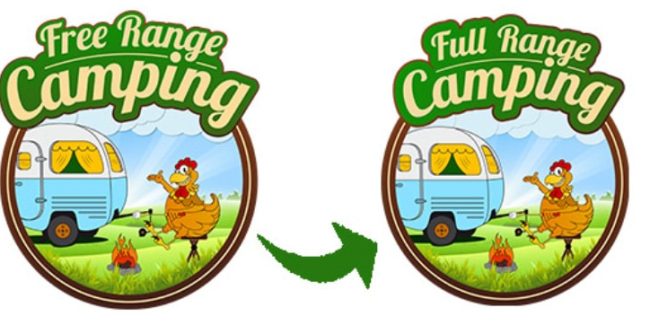
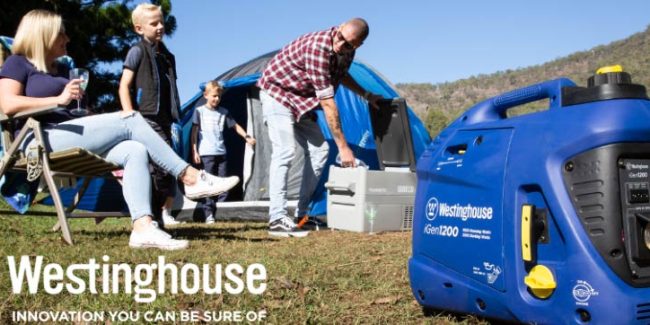
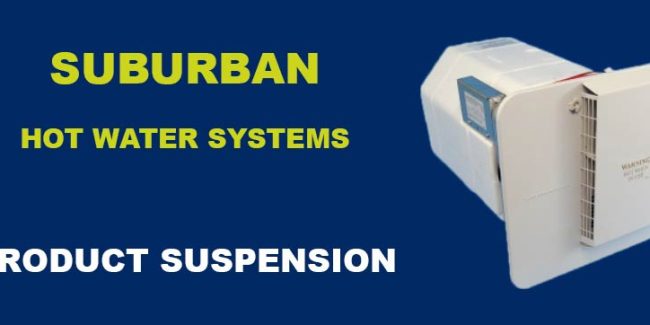
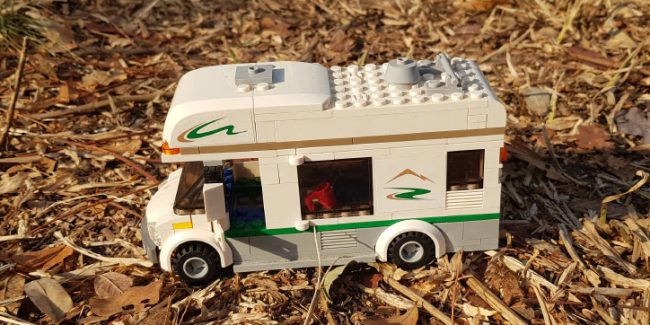


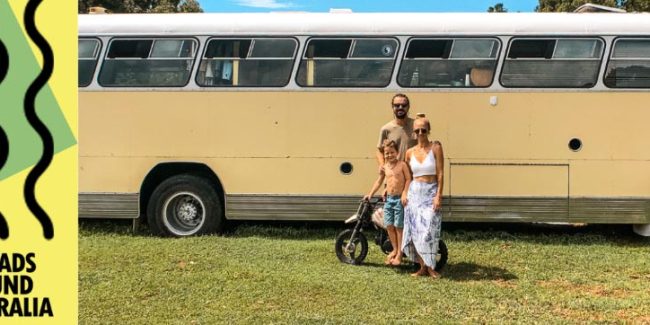
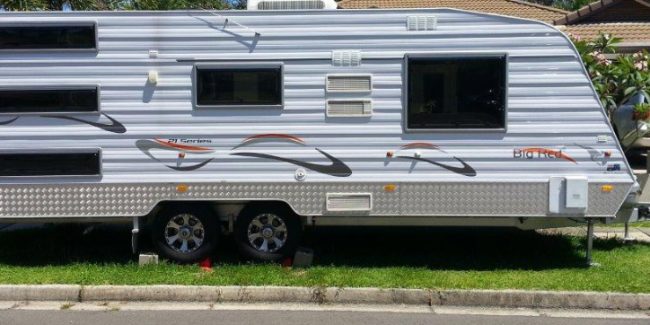
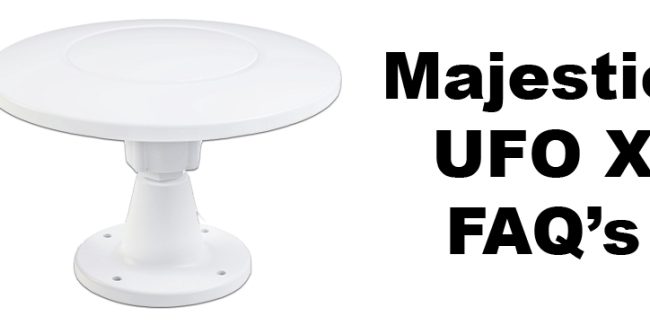
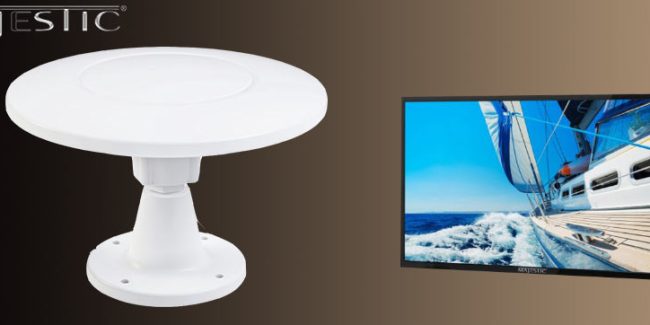
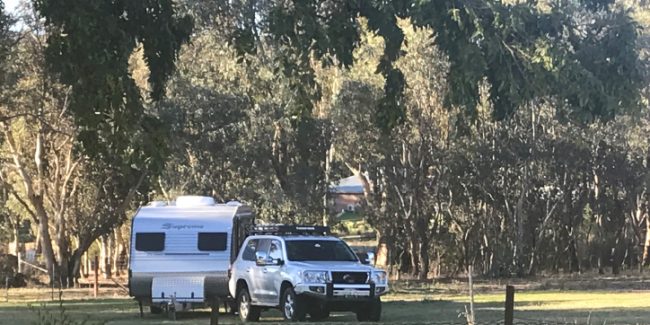
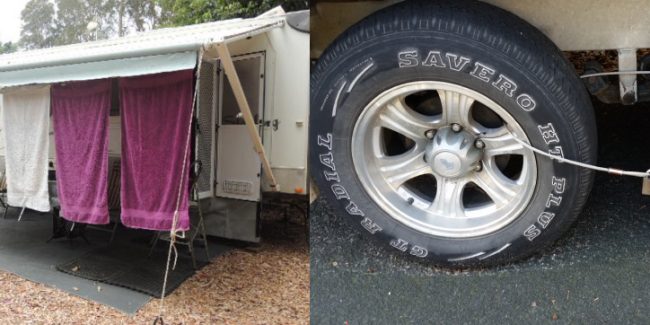
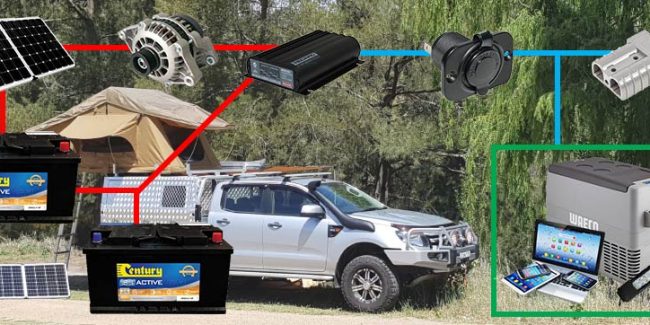
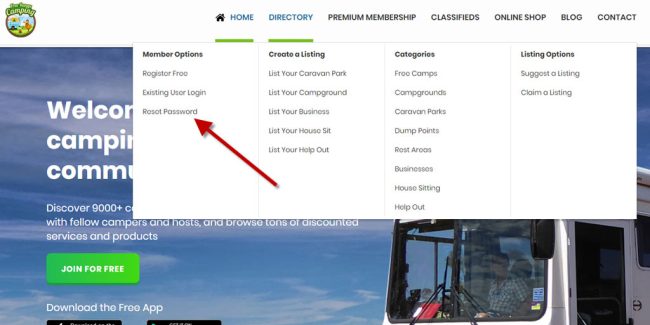
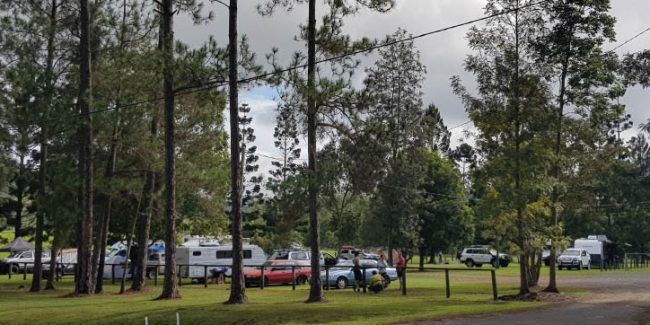
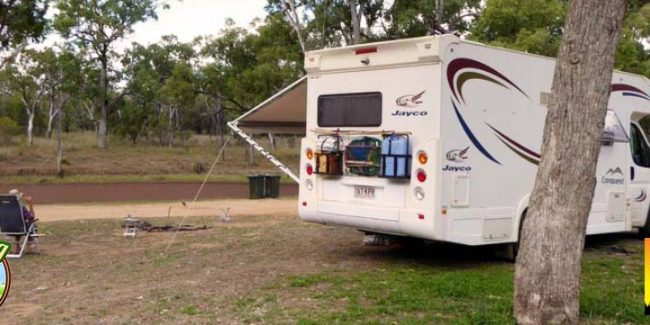
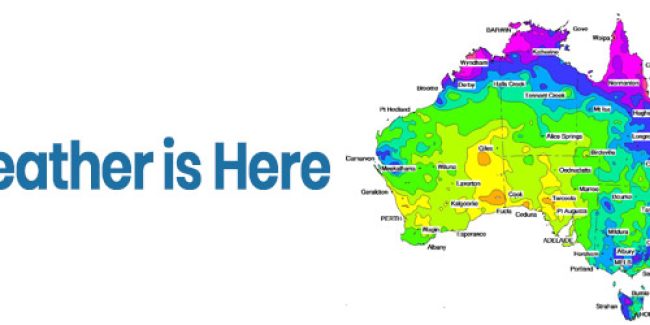


Comments 0